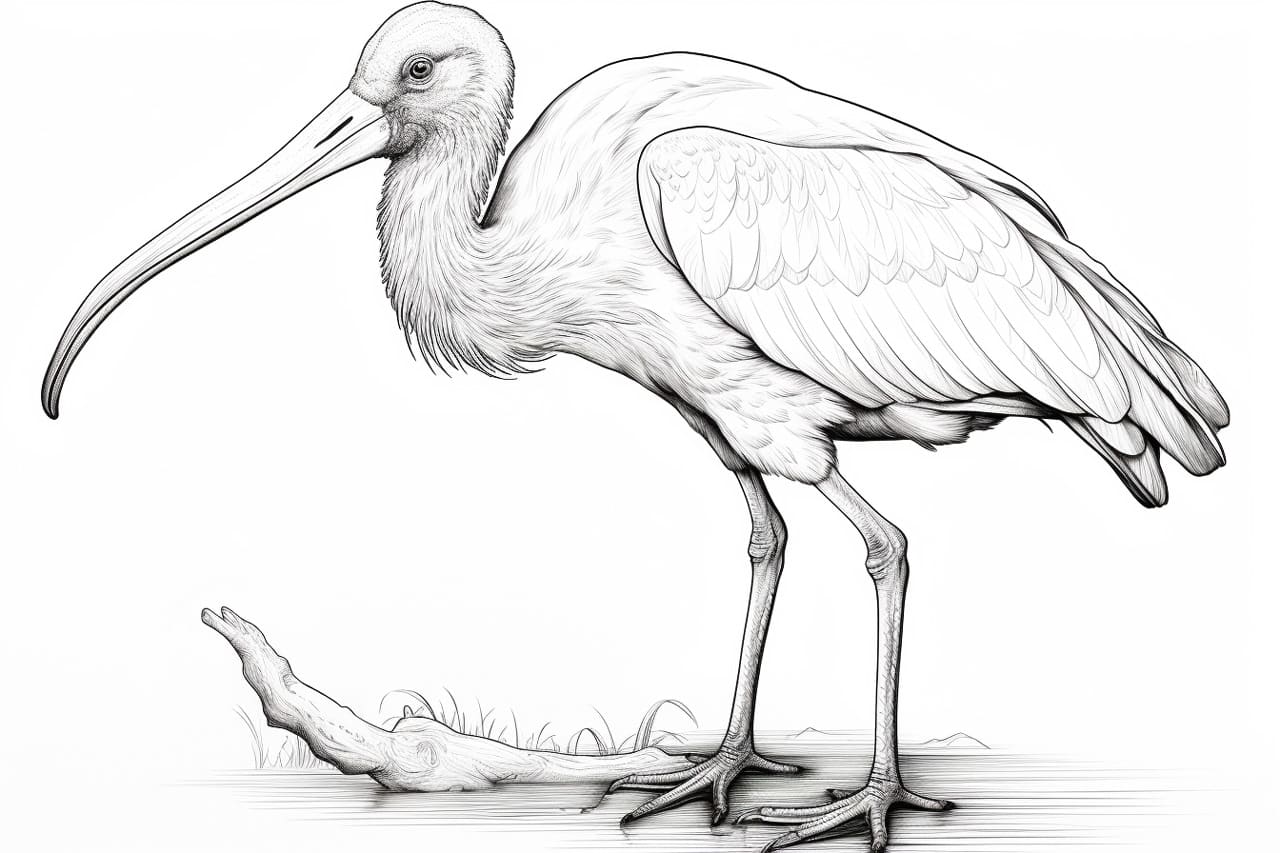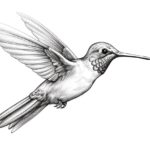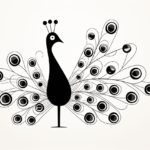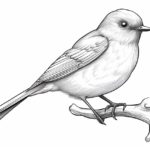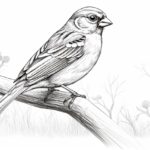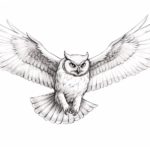Drawing an ibis can be a fascinating and rewarding experience for any artist. These majestic birds are known for their graceful movements, striking colors, and unique features, making them a captivating subject to capture on paper. In this guide, we will explore the key elements to consider when drawing an ibis, from understanding their anatomy and proportions to mastering their intricate patterns and textures. Whether you are a beginner looking to hone your skills or an experienced artist seeking inspiration, diving into the world of drawing ibis can open up a whole new realm of artistic possibilities. So grab your pencils, sharpen your focus, and let’s embark on a creative journey to bring these magnificent creatures to life on the page.
Materials Required
To draw an Ibis, you will need the following materials:
- Drawing paper or sketchbook
- Pencil for sketching and outlining
- Eraser for correcting mistakes
- Fine-tip black pen or marker for outlining details
- Colored pencils or markers for coloring the Ibis
- Reference image of an Ibis for accuracy in drawing
These materials will help you create a detailed and realistic drawing of an Ibis.:
How to Draw an Ibis: a Step-by-step Guide
Step 1: Gather Your Materials
Before you start drawing, make sure you have all the necessary materials. You will need a pencil, eraser, paper, and if you prefer, colored pencils or markers for adding color to your drawing.
Step 2: Start with Basic Shapes
Begin by lightly sketching the basic shapes that make up the body of the ibis. Start with an oval for the body and a smaller oval for the head. Add a smaller circle for the eye and a long, curved line for the neck.
Step 3: Outline the Body
Using the basic shapes as a guide, start outlining the body of the ibis. Pay attention to the proportions and shapes of the different body parts. The body should be elongated with a slightly curved neck and a pointed beak.
Step 4: Add Details
Once you have the basic outline of the ibis, start adding details such as the feathers. Ibis have long, thin feathers particularly on their neck and tail. Use short, curved lines to represent the texture of the feathers.
Step 5: Draw the Eye and Beak
Detail the eye by adding a small circle within the eye shape you sketched earlier. Add a small curved line for the beak, making sure it is pointed and slightly curved downwards.
Step 6: Refine Your Drawing
Go over your sketch and refine the lines, adding more detail and defining the features of the ibis. Erase any unnecessary guidelines and make sure the proportions are accurate.
Step 7: Add Color (Optional)
If you wish to add color to your drawing, use colored pencils or markers to fill in the feathers of the ibis. Ibis are typically white with black wingtips, but you can also add shades of pink or red to represent their distinctive plumage.
Step 8: Final Touches
To complete your drawing, add any final touches such as shading to give your ibis drawing more depth and dimension. Sign your artwork and you have successfully drawn an ibis!
Conclusion
Great job on drawing the ibis! Your attention to detail and use of shading really brings the bird to life on the page. Remember, practice makes perfect, so keep honing your skills and experimenting with different techniques. Embrace your unique artistic style and continue to explore the world around you for inspiration. The more you draw and create, the more you will grow as an artist. Keep up the fantastic work!
Fun Facts About Ibises
- Ibises are known for their long, curved bills that help them probe for food in mud and shallow waters.
- They have a unique feeding behavior called “tacto-location,” where they use their bills to feel for prey items in murky water before eating them.
- Ibises are highly social birds and often form large flocks, especially during the breeding season.
- Some species of ibises are known for their spectacular courtship displays, which involve dancing, vocalizations, and elaborate rituals.
- Ibises are found on every continent except Antarctica, showcasing their adaptability to various habitats.
- They are important scavengers and help keep ecosystems clean by feeding on dead animals and decaying organic matter.
- Ibises are excellent fliers and can cover long distances during migration, with some species traveling thousands of miles.
- The ancient Egyptians revered the sacred ibis (Threskiornis aethiopicus) and mummified them as offerings to the gods.
- Some species of ibises, such as the Australian white ibis, have adapted to urban environments and can be found scavenging for food in cities.
- The ibis has been featured in various cultures and mythologies, symbolizing different qualities such as wisdom, protection, and rebirth.
Suggestions for Scenes and Settings for Ibis Drawings
Certainly! Here are some specific suggestions for scenes and settings featuring ibises in drawings:
- A serene wetland: Capture an ibis standing gracefully amidst tall reeds in a peaceful wetland setting.
- A vibrant sunset: Show an ibis silhouetted against a colorful sunset sky, with hues of orange, pink, and purple.
- Ancient ruins: Depict an ibis perched on a weathered stone pillar amidst ancient ruins, adding a sense of history and mystery to the scene.
- Tropical jungle: Illustrate an ibis nestled among lush green foliage in a dense tropical jungle, with exotic plants and vibrant flowers.
- Coastal shoreline: Draw an ibis wading in shallow water along a sandy shoreline, with seagulls soaring overhead and waves gently lapping at the shore.
- Desert oasis: Imagine an ibis standing near a shimmering oasis in the desert, with palm trees, camels, and distant sand dunes in the background.
- Urban park: Show an ibis foraging for food in a bustling city park, with skyscrapers and people going about their daily activities in the background.
- Mountain lake: Illustrate an ibis perched on a rocky outcrop overlooking a tranquil mountain lake, with snow-capped peaks in the distance.
- Autumn forest: Capture an ibis in a colorful autumn forest, with fallen leaves in shades of red, orange, and gold scattered on the ground.
- Cherry blossom garden: Draw an ibis amidst blooming cherry blossom trees in a traditional Japanese garden, with delicate pink petals floating in the air.
These suggestions can inspire a variety of beautiful and engaging drawings featuring ibises in different environments and settings.

